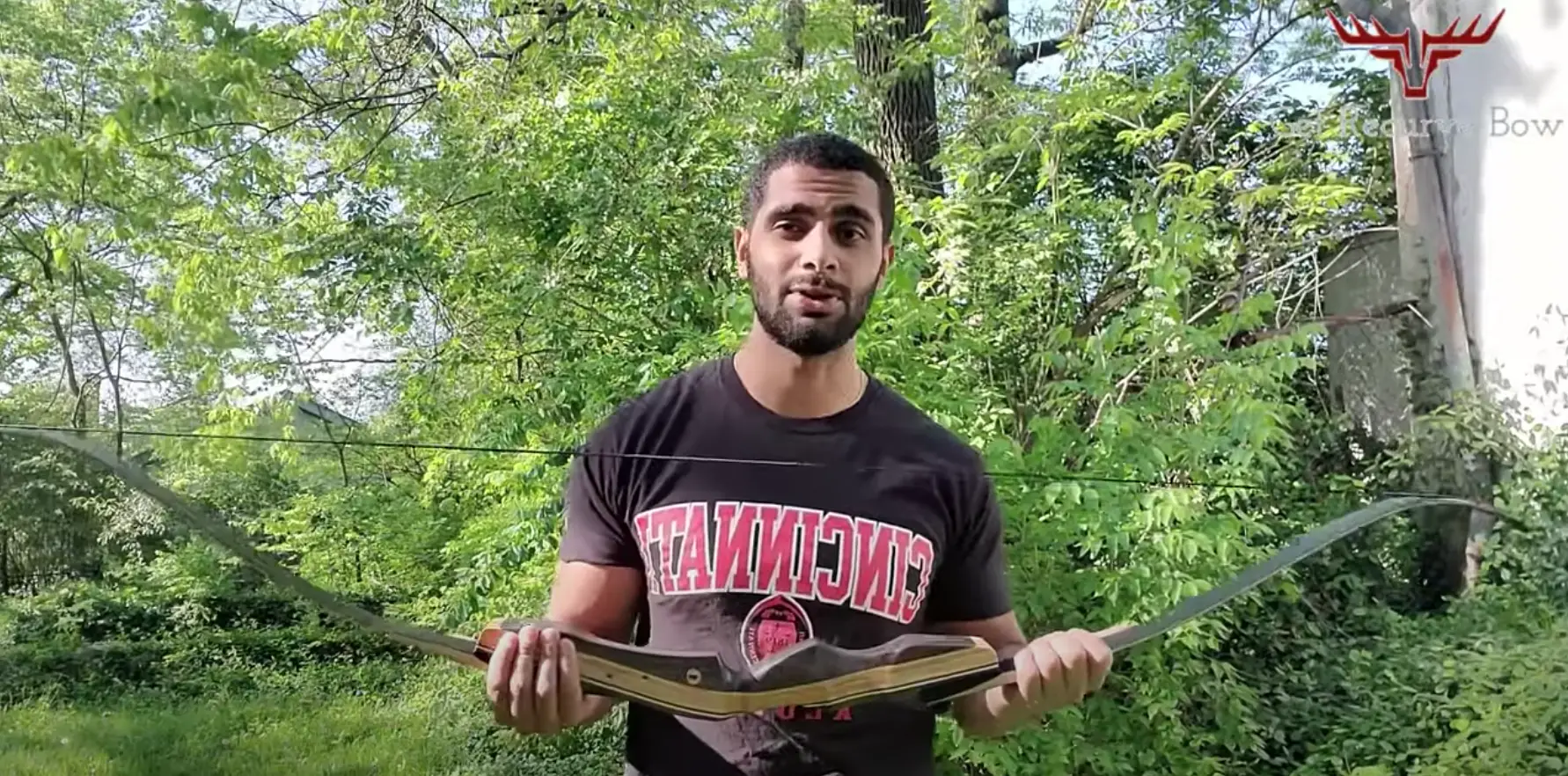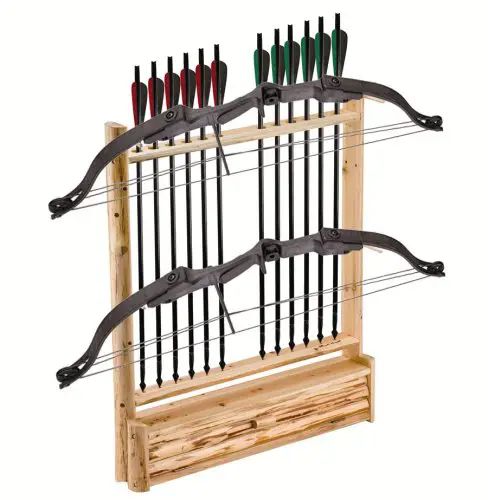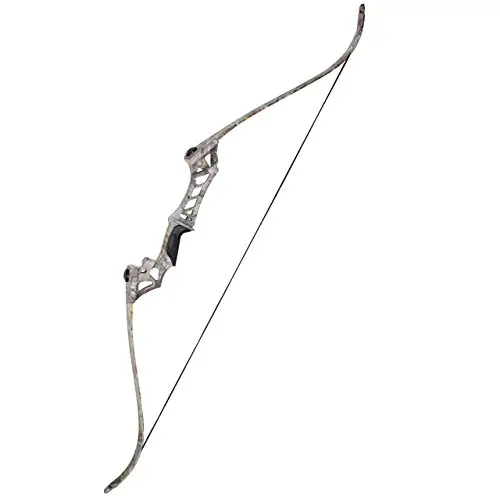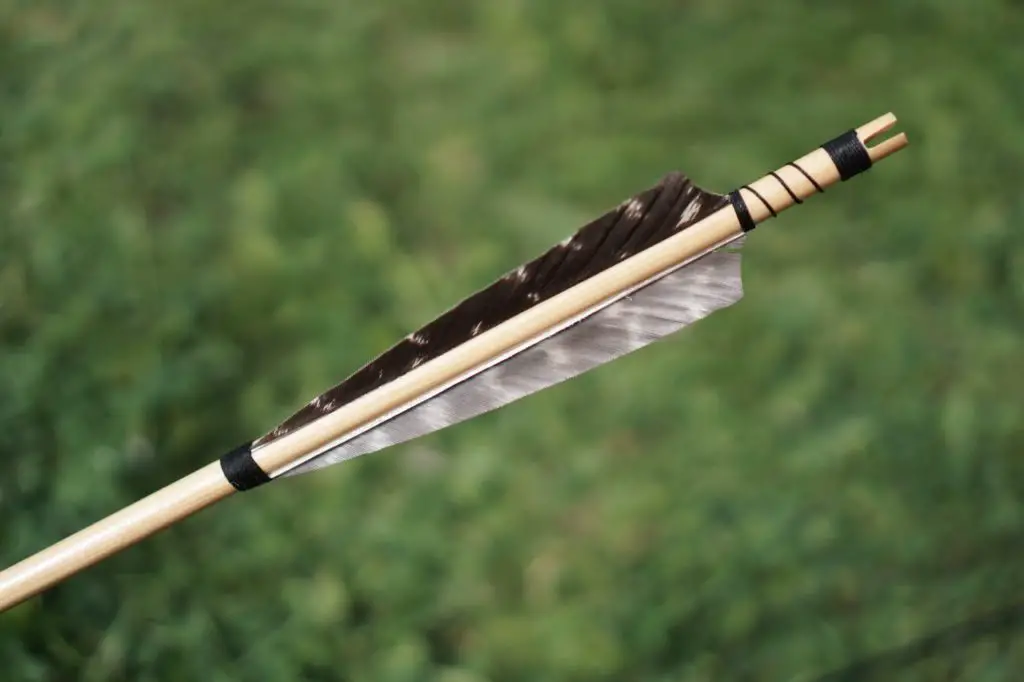As we have seen, there are many ways to tune our recurve bow. Some require initial setup, to get a “rough tune” and other ways involve micro adjustment of our equipment to really dial in the bow. To allow for a good tune, we need to match our arrows to our draw weight.
However, one of the major factors that can affect the tuning of our bow is the inconsistency of the archer. This really shows up with recurve archers compared to compound shooters. Compound archers still need good technique; however, they use a release aid to shoot the arrow as well as being able to have the arrow in the center of the bow which means arrows of differing, but close spines, will all shoot ok.
So why is it more difficult to tune a recurve bow? As I have alluded to before, there are a number of things that can affect the tune of the bow, but the main issue that you will find that affects the tune is the archers’ inconsistencies.
Trying to shoot the same shot over and over again is fine if you are a machine, but as humans, we have trouble doing the same thing again and again exactly the same. A slight change of pressure of the string against your face, and a slight change in finger pressure, will all have effects on how the bow shoots and tunes. We need to be able to maintain the same shot before we start to tune. In this article, we are going to look at paper tuning a recurve bow.

Why We Should Paper Tune a Recurve Bow
Should we even bother paper tuning a recurve bow? There are archers who swear by paper tuning, whereas other don’t bother and use different forms of tuning like group tuning or even tuning to how the arrows flies.
As we see above, due to our inconsistencies as archers, trying to get a good paper tune can be difficult. So, before we start, we need to make sure our shot technique is as good as we can make it. We also need to make sure we have the right spine arrows for our draw weight. Point and pin weight, as well as arrow length, can also affect the arrow spine, and therefore the result we get from paper tuning. So, what is “Spine” when we talk about arrows and why is it so important to our tune?
Arrow spine is a measure of the stiffness which is gauged by how much the arrow flexes when weight is applied.
Why do we need to know this as a recurve archer?
The Archer’s Paradox
Well, now the fun starts as we are now delving into the realm of the “Archers Paradox”. Archers’ paradox is something that affects recurve archers.
There is a popular belief that the flexing of an arrow in flight is the archer’s paradox. This belief is so commonplace it seems almost paradoxical when I tell you that is incorrect.
To clear things up, the flexing of the arrow is how the arrow overcomes the archer’s paradox, it is not the paradox itself!
Simplified, the archer’s paradox is this:
When nocked on a bow at rest, an arrow points in a direction that is completely different than the one it will take when it is shot.
Let’s have a closer look at this statement. On the left side of the drawing below, you can see the alignment of the arrow before the shot. Since the arrow rests on the side of the bow, the arrow will point to the side of the target. Logically one would assume that would be the path the arrow would take when shot. However, on the right side of the drawing, you can see the path the arrow actually ends up taking. It does not follow the original alignment.
Now comes the fun part…why? The answer has to do with the flexing of the arrow when shot. The physics behind this is very interesting.
To fly straight to the center of the target, it is not the shaft of the arrow that needs to line up with the center, it is the nodes. The string must move around your fingers as it is released, this creates left/right string movement.
This horizontal string movement combined with the force of the string moving forward (column loading) results in a bend in the arrow. As the arrow moves forward it oscillates and bends horizontally from side to side. There is a point toward the front of the arrow and a point toward the back of the arrow that remains stationary as the arrow oscillates around them. These points are the nodes. It is in the direction that the nodes line up, not the shaft, that determines the true flight path of the arrow.
Before the string is released the arrow is uncompressed and straight. Even at full draw, the shaft and static nodes are aligned just outside the center of the bow. When the string is released from your fingers it causes the arrow to compress and bend inward. This then sets the dynamic alignment of the nodes which is the path the arrow will stay on. The arrow continues to oscillate bending inward and outward as it moves forward, but the nodes do not deviate from the path.
Arrows come in variable flexibility (spine) and bows come in variable strength (draw weight). The combination of the draw weight and spine determines how much the arrow will compress and flex.
If the arrow compresses too much or not enough the arrow will not want to fly straight to the center of the target. If you do not want to have to compensate by “aiming off”, it is very important for a finger shooter to find the right balance of the spine and draw weight so that the nodes line up in the direction of the center of the target.
How to Paper Tune Your Recurve Bow
Now we know a little about archers’ paradox, nodes, and spine, will paper tuning actually show us anything? As previously stated, some recurve archers swear by paper tuning. So how do we do it and what does it show us?
We need to set our paper frame up. Unlike compound shooters who stand close to the paper (5 feet/1.5metres), recurve shooter needs to be at least 15-20 feet (5-6 meters) from the paper frame. This allows the arrows to straighten out from their initial bending movement. This is where good shot technique comes in as well. A bad shoot will give bad results.
So, what results will we see? We are looking at the tear the arrow makes when it passes through the paper. The perfect result would be what is called a “bullet hole”, as shown below.

Due to how a recurve bow shoots an arrow, and an archer’s inconsistencies, getting bullet hole tears are difficult. Most tears that are produced will be as shown below.
So how do we interpret the result?
The middle tear is our bullet hole. This means you have a good tune and everything is shooting well.
- If we look at the top middle tear, this means the arrow is tail high. This means the nocking point needs to be raised.
- The middle bottom tear means the nocking point needs to be lowered.
- If we look at the middle tear on the right, this means the arrow spine could be too stiff,
- The one on the left means the arrow spine is too weak.
- The corner tears indicate two things. Either nocking point is too high or low and also incorrect spine of the arrow.
If the arrow’s spine shows too weak or too stiff there are a few things we can do, to try and bring the spine into a position where the arrow shoots more how we want it to. To weaken the spine, we can add heavier points.
This actually creates a greater force pushing back when the string starts to push the arrow, causing it to bend more. The opposite is the same for dropping point weight. Having longer arrows also weakens the spine, and shortening gives an indication of a stronger spine.
By making these adjustments, we hope to get the arrow spine correct for our draw weight, so we do not need to buy a whole new set of arrows at a different spine.
Adjusting the spring tension on our button can help with “micro tuning” but I have found that you can only get a small amount of difference when doing this.
This may seem like a great way to tune your recurve bow, but you must always take into account the bending of the arrow due to how it flies from a recurve bow. It could give you false readings as well as how the archer is actually shooting.
From my experiences, as an Olympic recurve archer, I have never trusted the results I got from paper tuning. My best result for tuning a bow was by getting an approximate tune with draw weight and arrow spine, ensuring the center shot was good and bare shaft tune followed by group tuning.
I also looked at how my arrows flew. I made sure there was no “kick” either left or right and they flew in a straight line, (as well as no up or down movement) with the normal bending arrows from a recurve bow. This was how I got my best results.

Archery is my hobby & I usually hunt and play on weekends and after work. It’s a passion since I was very young and I love writing about it as well to continuously learn more and share the love of archery with others!





